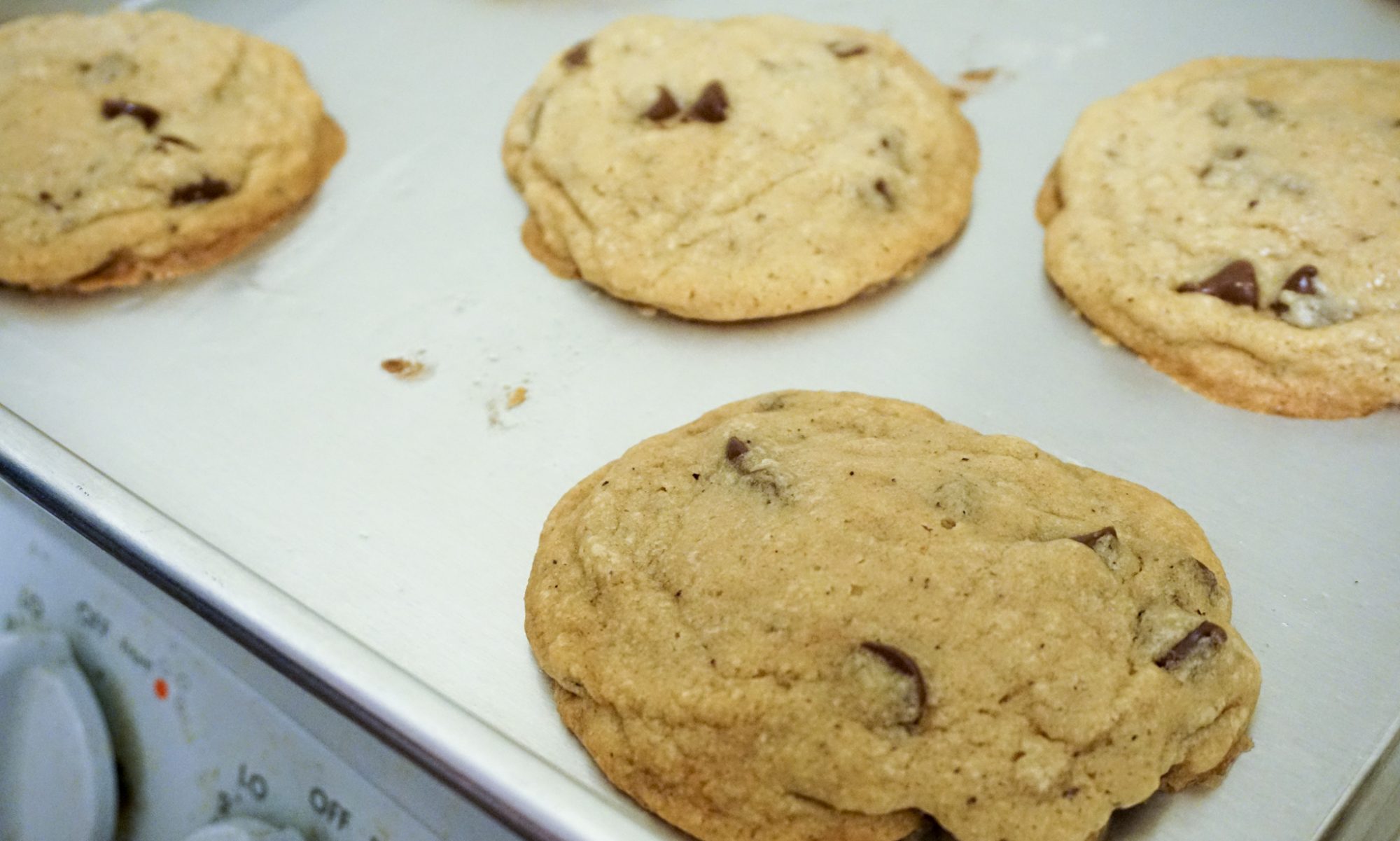Now that I’ve worked the kinks out of my mom’s bun recipe (the first version she sent had a few typos in it…), I can share it with you! These buns are delicious– slightly sweet, moist, fluffy. Even when I substitute a ton of the ingredients, they still turn out completely fine!
Refrigerator Potato Buns (makes 24 rolls)
1 1/8 tsp yeast
3/4 cup water
1/3 cup sugar
1/4 tsp salt
1/3 cup butter, softened (1/4 cup butter can be used for lower fat)
1 egg
1/2 cup mashed potatoes
1/2 cup rolled oats
3 1/2 cup bread flour (Start with 3 cups. Reserve 1/2 cup for adjusting the texture of the dough.)
Standard Method: Add yeast to water. Beat in sugar, salt, butter, egg, potatoes, and oats. Add most of the flour until dough is stiff enough to put on the counter. Knead for ~5 min, adding more flour as needed to keep a non-sticky dough. For immediate use, let rise 1 hour, then shape for baking. For later use, cover and refrigerate dough for at least 8 hours and up to 5 days. When ready to use, let dough warm to room temperature, then shape.
Bread Maker Method: Put everything in together on a normal bread cycle (usually about 1.5 hours of knead, rise, punch down, rise). Check occasionally to see if bread is too dry or too wet, and adjust accordingly.
When ready to shape and bake: Roll half the dough into a large circle (~14+” in diameter), and cut into 12 pie-pieces. Starting with the wide end of a pie-piece, roll it into a crescent. Put rolls on a baking sheet and cover with a cloth. Let proof until light (~30 min in a warmed oven, longer at room temperature). Bake for 9 min at 400°F.
Modifications
I’ve successfully substituted oat bran for the rolled oats. Honestly, they just dissolve into the dough. They don’t seem to change the texture that much, but they probably make the bread healthier! I’ve substituted 2/3 of the bread flour for a combination of whole wheat flour and vital wheat gluten, although just whole wheat flour would probably work too. I’ve substituted sweet potato for the potato. Other starchy veggies would probably work just as well. I might try winter squash next. I’ve also substituted liquid oil for part of the butter, when I didn’t have enough on hand.
I’ve used whey (left over from cheesemaking) in place of the water. You can also use starch-heavy water, such as that used to boil potatoes or noodles. The added starch probably does something for the final bread texture.
Despite all of these potential substitutions, the final bread is basically indistinguishable from the original. My hypothesis is that the large amount of sugar keeps the yeast happy even if you mess with all the other stuff.
General bread-baking tips
When the gluten is fully developed, most bread doughs should feel tacky to the touch. That is, when you poke it and pull back, the dough should adhere lightly to your finger, but cleanly come off and stay attached to the rest of the dough. (This doesn’t apply to very wet bread doughs, like those for focaccia and ciabatta, among others.)
When you measure out flour, don’t scoop the measuring cup into the flour. This causes the flour to compact, meaning you get more mass per cup measure. This will give you dense, dry breads. To properly measure flour, use a scoop to spoon flour into your measuring cup, then use the flat edge of a knife to level it off. Or you can weigh ingredients, although for many American recipes you’ll have to convert from the given volumes first.
Enjoy!


Wow, this sounds great for experimenting. How far can you push it????